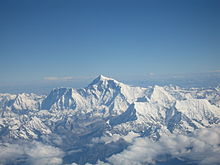
Mount Everest is Earth's highest mountain above sea level, located in the Mahalangur Himal sub-range of the Himalayas. The China–Nepal border runs across its summit point. Its elevation of 8,848.86 m was most recently established in 2020 by the Chinese and Nepali authorities.

George Herbert Leigh-Mallory was an English mountaineer who participated in the first three British Mount Everest expeditions from the early to mid-1920s.

Andrew Comyn "Sandy" Irvine was an English mountaineer who took part in the 1924 British Everest Expedition, the third British expedition to the world's highest mountain, Mount Everest.
The goal of the Mallory and Irvine Research Expedition of 1999 was to discover evidence of whether George Mallory and Andrew Irvine had been the first to summit Mount Everest in their attempt of 8–9 June 1924. The expedition was instigated by British climber Graham Hoyland. It was organised by regular Everest expedition leader Eric Simonson and advised by researcher Jochen Hemmleb, with a team of climbers from the United States, the United Kingdom, and Germany. Hemmleb's investigations of reports of earlier sightings and photographs had led him to identify what he believed was the area in which Irvine's body lay, some distance below where his ice axe had been found by Percy Wyn-Harris on the expedition led by Hugh Ruttledge in 1933. The team hoped in particular to find a camera on Irvine's body which, had the pair been successful, should have contained a picture of the summit. After commencing the search on 1 May 1999, Conrad Anker mistakenly got off course and, surprisingly, found Mallory's body, not Irvine's.
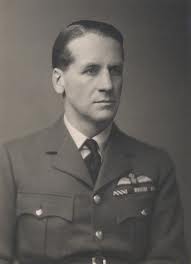
Air Commodore Douglas Douglas-Hamilton, 14th Duke of Hamilton and 11th Duke of Brandon, was a Scottish nobleman and aviator who was the first man to fly over Mount Everest.
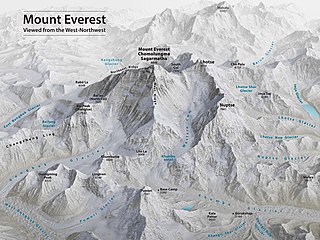
Mount Everest is the world's highest mountain, with a peak at 8,849 metres (29,031.7 ft) above sea level. It is situated in the Himalayan range of Solukhumbu district, Nepal.

Conrad Anker is an American rock climber, mountaineer, and author. He was the team leader of The North Face climbing team for 26 years until 2018. In 1999, he located George Mallory's body on Everest as a member of a search team looking for the remains of the British climber. Anker had a heart attack in 2016 during an attempted ascent of Lunag Ri with David Lama. He was flown via helicopter to Kathmandu where he underwent emergent coronary angioplasty with a stent placed in his proximal left anterior descending artery. Afterwards he retired from high altitude mountaineering, but otherwise he continues his work. He lives in Bozeman, Montana.

The Westland Wallace was a British two-seat, general-purpose biplane of the Royal Air Force, developed by Westland as a follow-on to their successful Wapiti. As the last of the interwar general purpose biplanes, it was used by a number of frontline and Auxiliary Air Force Squadrons. Although the pace of aeronautical development caused its rapid replacement in frontline service, its useful life was extended into the Second World War with many being converted into target tugs and wireless trainers. In 1933 a Westland Wallace became the first aircraft to fly over Everest, as part of the Houston-Mount Everest Flight Expedition.
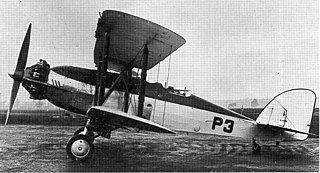
The Westland PV-3 was a British two-seat torpedo bomber of the 1930s built by Westland Aircraft Works. The aircraft was a private venture development and based on the Westland Wapiti. It never entered production. The aircraft is best known as one of the first two to fly over Everest as part of the Houston-Mount Everest Flight Expedition.

Normalair-Garrett Limited(NGL), or Normalair, was a British manufacturing company established in 1946 in Yeovil, Somerset, England, which manufactured high altitude life support equipment for the aerospace industry. Since 1999 it has been a wholly owned subsidiary of Honeywell International Inc, known as Honeywell Aerospace Yeovil (HAY).
Wings over Everest is a 1934 British short documentary film directed by Geoffrey Barkas and Ivor Montagu. It won an Academy Award in 1936 for Best Short Subject (Novelty). It described the 1933 Houston-Mount Everest flight expedition, in which Douglas Douglas-Hamilton, 14th Duke of Hamilton, otherwise known as Lord Clydesdale, piloted a single-engined biplane on 3 April 1933, just clearing Everest's southern peak by a few feet, having been caught in a powerful downdraught. The film used mixture of real footage of Everest from the record-breaking flight and theatrically produced scenes using the actual people rather than actors.
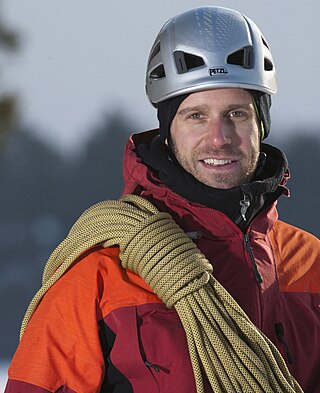
Fredrik Sträng is a Swedish mountaineer, adventurer and documentary film maker.

The 1924 British Mount Everest expedition was—after the 1922 British Mount Everest expedition—the 2nd expedition with the goal of achieving the first ascent of Mount Everest. After two summit attempts in which Edward Norton set a world altitude record of 8,572.8 metres (28,126 ft), the mountaineers George Mallory and Andrew "Sandy" Irvine disappeared on the third attempt. Their disappearance has given rise to the long-standing speculation of whether or not the pair might – under a narrow set of assumptions – have reached the summit. Mallory's body was found in 1999 at 8,156 metres (26,760 ft), but the resulting clues did not provide any conclusive evidence as to whether the summit was reached.

The 1922 British Mount Everest expedition was the first mountaineering expedition with the express aim of making the first ascent of Mount Everest. This was also the first expedition that attempted to climb Everest using bottled oxygen. The expedition attempted to climb Everest from the northern side out of Tibet. At the time, Everest could not be attempted from the south out of Nepal as the country was closed to Western foreigners.

Lieutenant-Colonel Latham Valentine Stewart Blacker OBE was a British Army officer and inventor of weapons; he invented the Blacker Bombard, from which was developed the Hedgehog anti-submarine spigot-mortar – and laid the basis of the PIAT anti-tank weapon.
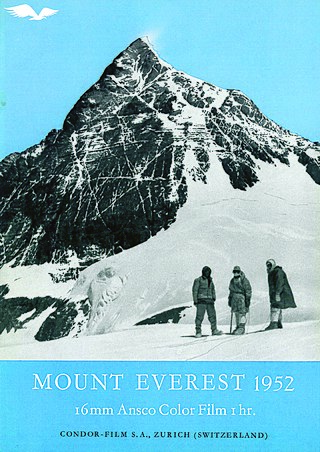
The 1952 Swiss Mount Everest expedition was an attempt to summit Mount Everest. Led by, Edouard Wyss-Dunant, the expedition, which included Tenzing Norgay, reached a height of 8,595 metres (28,199 ft) on the southeast ridge, setting a new climbing altitude record and opening up a new route to Mount Everest and paving the way for further successes by other expeditions. Norgay successfully summited the mountain the following year with Sir Edmund Hillary, the first successful expedition.

Major General John Geoffrey Bruce was an officer in the British Indian Army, eventually becoming Deputy Chief of General Staff, who participated in the 1922 British Mount Everest expedition. Bruce, who had never before climbed a mountain, had been appointed as a transport officer, but chance led to him accompanying George Finch on the only summit attempt that used supplemental oxygen. Together they set a new mountaineering world record height of 27,300 ft (8,321 m), only 1,731.7 ft (527.82 m) below the summit of Mount Everest.
Precipitated by unexpected permission from Tibet, the 1935 British Mount Everest reconnaissance expedition was planned at short notice as a preliminary to an attempt on the summit of Mount Everest in 1936. After exceptionally rancorous arguments involving the Mount Everest Committee in London, Eric Shipton was appointed leader following his successful trekking style of expedition to the Nanda Devi region in India in 1934.
The 1936 British Mount Everest expedition was a complete failure, and raised questions concerning the planning of such expeditions. This was Hugh Ruttledge's second expedition as leader. Heavy snows and an early monsoon forced their retreat on several occasions, and on the final attempt two climbers narrowly survived an avalanche. This was the first expedition in which climbers were able to carry portable radios.

